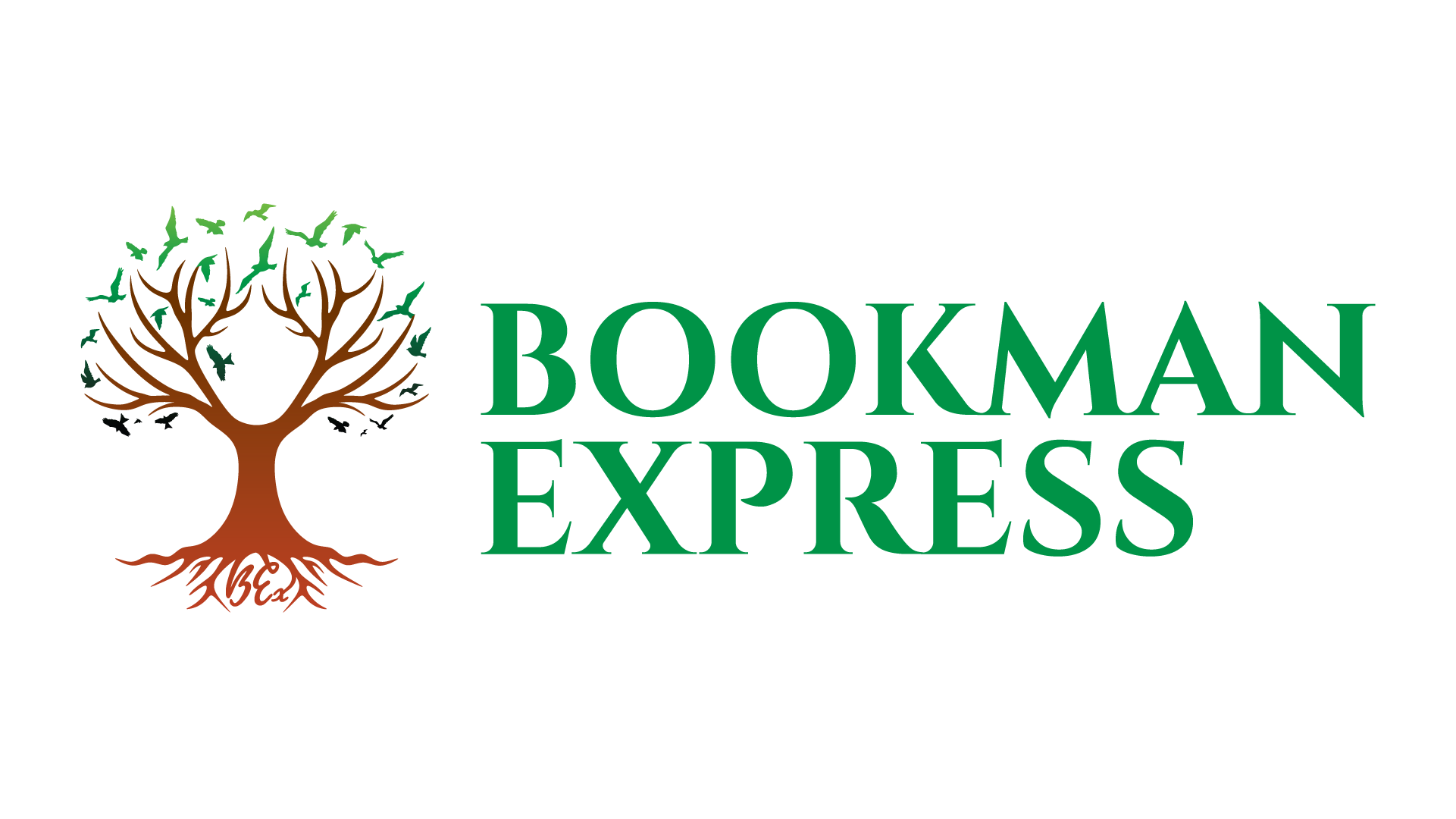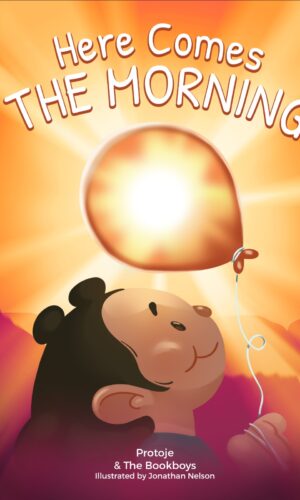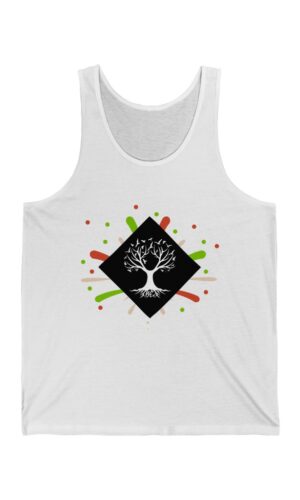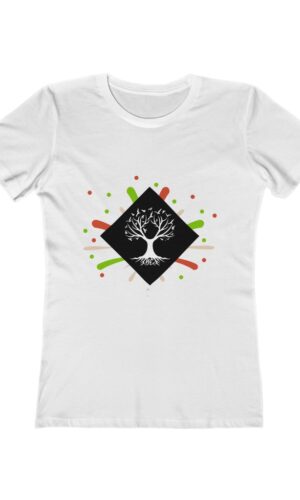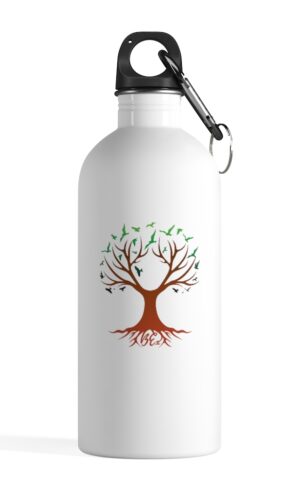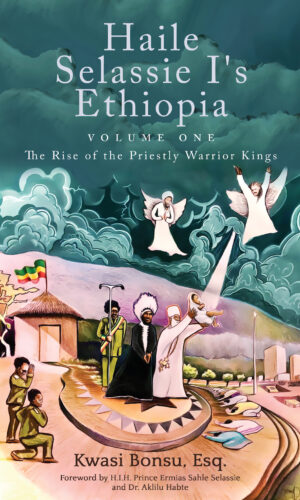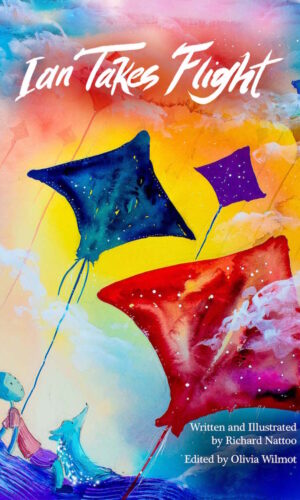On the tail end of a very dramatic year for humankind, we are happy to be publishing a new book especially for the younger citizens of our world. In our humble but honest opinion, Ian Takes Flight is one of the most brilliant children’s books – let alone Black, Caribbean children’s books – ever created. Over the past few months, we have become fast friends with its writer and illustrator, Richard Nattoo, a well known multi-disciplinary Jamaican artist whose striking visual art has been displayed in various premier, national level exhibitions. Richard’s work dives deep into feelings and emotions, often using earth-based motifs like trees and marine life to convey his themes. Just a month away from the release of Ian Takes Flight, we glance into the creative mind of a young man taking his first steps into professional authorship.
You’re a children’s author now. What was your own childhood like?
I grew up in Spanish Town. I remember I lived at Featherbed Lane. Then in Grade 2, around 2001, I moved basically up the lane where there were a lot more trees around me. A lot more nature. I remember planting things like peas and dem ting deh. Then over the years I remember planting corn and then sorrel and starting a little garden. It was a therapeutic thing for me to water my garden and see how far everything had grown because I would always know how tall they were yesterday. Then I would go to the country and that was a whole fun experience for me.
I was always drawing and making things. I didn’t really have much friends. I had a few friends in primary school – I don’t know if they were really my friends. They used to beat me up sometimes, but then I was the smartest kid in the school, so I would realize that these kids, even though they would probably beat me up, they would line up to get the homework from me because I had the right answer. I realized that I could really mess these kids up if I want to, you know? I could just write all wrong things and just erase it five minutes before class and put the right thing. But I didn’t. Anyway, I kinda realized how important it was to be smart. From that, I was just trying to get smarter. So I guess that’s my childhood. [Laughs.]
How have your experiences in nature contextualized your art?
I had a bigger backyard at my first house, with a lot of macka trees. I remember them being just some really tall black trees with a lot of vines growing down from it. There was barely any sunlight touching the ground because of how thick the canopy of the trees were. I realized in my later work that I draw a lot of black trees and I think it’s because of that first interaction with trees.
Ocean imagery is prevalent in your works. Why is that?
There’s a strange connection that I have to water. I think it’s because a lot of my work focuses on mental exploration. I’m trying to understand the mind as a place. The mind is so similar to water because, when you think, it’s almost like throwing a rod into the ocean and you pull up a thought, you pull up something, you know? I remember when I just started painting a lot of water stuff, it was around the same time I started lucid dreaming, just out of the blue. Being able to fly in these dreams. It’s interesting. It’s almost like you’re in the air but you’re not really in the air and there is something kinda magical about that. I remember having a series of consecutive dreams. It was about me running towards a place, and then the next dream was me at the end of that place and there was an ocean nearby. And then the next dream was me just jumping into the ocean. And that was it. And there was just something about how liberating that whole experience was. I looked up what dreams like that mean, and it means that you’re kinda discovering deeper components of yourself. Then there’s always this level of mystery and magic that is synonymous with the ocean, which I find synonymous with the mind. I think that’s why I keep on exploring it, because how much percent of the ocean do we know? We know more about mars than we know about the ocean. Can imagine that? So much undiscovered life is in the ocean. The ocean is mystery. The ocean is the mind because the mind is mystery. So that’s where that kinda came from.

[Left] Richard Nattoo poses in front of one of his murals featuring a sting ray.
[Right] Front cover of Nattoo’s book, ‘Ian Takes Flight,’ featuring flying beings called “Kite-rays.”
Your new protagonist, Ian, visits his godmother in the country. Is this premise inspired by your personal life?
It was a direct reference to my godmother actually. I used to visit her in the country all the time. There’s just something calming about being there. Even the smell of the house, it had this warm, homely smell to it. Definitely a direct correlation to my experience with my godmother, Miss Frennie.
You are known mostly for your visual art. How did you end up in children’s literature?
Lemme tell you exactly how. I remember a car ride. I was on a phone call with my friend, Michael Talbot. He actually helped with a lot of putting the book together – the initial, rough idea of what the story is. We talk a lot about stuff and he understands the world and the context that all my art takes place in, and vice versa, so we talk a lot about these worlds which we have found – versus created. So I was saying to him, Mike, we have so much stories within us, and I always wanted to do a children’s book. If we are the artist and we are the writer, then we are not paying anyone because we’re doing the whole thing by ourselves. So, I said that we really need to do one of these books, even just to see what’s gonna happen. And during the whole coronavirus period, I started three series on my Instagram. The first series was about the traveler getting out of a really dark place – and that one is going to be developed into a book. The next one was about Mister Needles and Me, which was about anxiety – and that’s going to be developed into another book on its own. And then the third one, I was like, I’m going to try and do the children’s book now. I had a commission to illustrate a children’s book at the same time. So I said, Hmmm, there’s this special way I want to do these kids’ books. I’m gonna do one on my own that I wanted to do, and then see how I can do the commission one. That’s how it came about.
The thing about creating art for children is you get to be more free. It’s a lot more about being whimsical. It’s not about drawing figures and getting the right perspective. It’s just really creating the right feeling. Creating a feeling of bliss. It’s about painting essence. It’s a lot more liberating.
How does creating art for children differ from creating art for adults?
There’s this saying that I feel pretty strong about: being a genius, it is not you, the adult, who is the genius. It’s the child inside you who never died. That’s the genius. So I hold my childhood very dear to me. I’m always looking back to see what are some of the things that influenced me. Why do I like a certain thing? Probably there’s a specific event in my childhood that would have affected that.
The thing about creating art for children is you get to be more free. It’s a lot more about being whimsical. It’s not about drawing figures and getting the right perspective. It’s just really creating the right feeling. Creating a feeling of bliss. It’s about painting essence. It’s a lot more liberating. It’s not as strict as creating art for adults. A lot of the times you can get presumptuous creating art for adults. It’s not as free. When I draw Ian, if you look at his hands, they’re not even really hands. They’re just scribbles. You get to do that. I really like that. There’s just this magic in children’s literature. The weightlessness. Everything doesn’t have to be drawn perfect but it just needs to feel. You just pour the essence into these pages and the story. It’s magic, you know? I just couldn’t keep myself away from doing these things for too long. So much magic.
Does your art for children come from the same world as the art you create for adults, or from a different world?
Since my journey in painting began, I found this magical world that, whenever a word pops up in my story, for some reason it links back to that world. Probably a different time in the world. Looking at Ian Takes Flight, I see ways how it connects to the bigger story. I don’t know if this world is like an earlier version of the world that I have been exploring in my previous paintings. I think the work for children is definitely illustrated a lot differently but I do think there is a connection to the bigger picture, to the grand scheme of things.
What experience do you hope readers will have with Ian Takes Flight?
I want the children to really hold on to their genius, to remember that that genius is there. Once you believe in it, that genius will always be there. Don’t think that because you grow up you need to become an adult per se. When you grow up you do have a lot of responsibilities but you have the power to remain young and free in your mind. I also really want my contemporaries and older people to remember and wake up the genius that’s dormant inside. That’s the message that I really wanted to get across, along with all the other themes of the book.
Do you anticipate adults loving Ian Takes Flight too?
When I first started putting scenes from the book on my Instagram, there were people who wanted to see what would happen next. Not children but grown people!
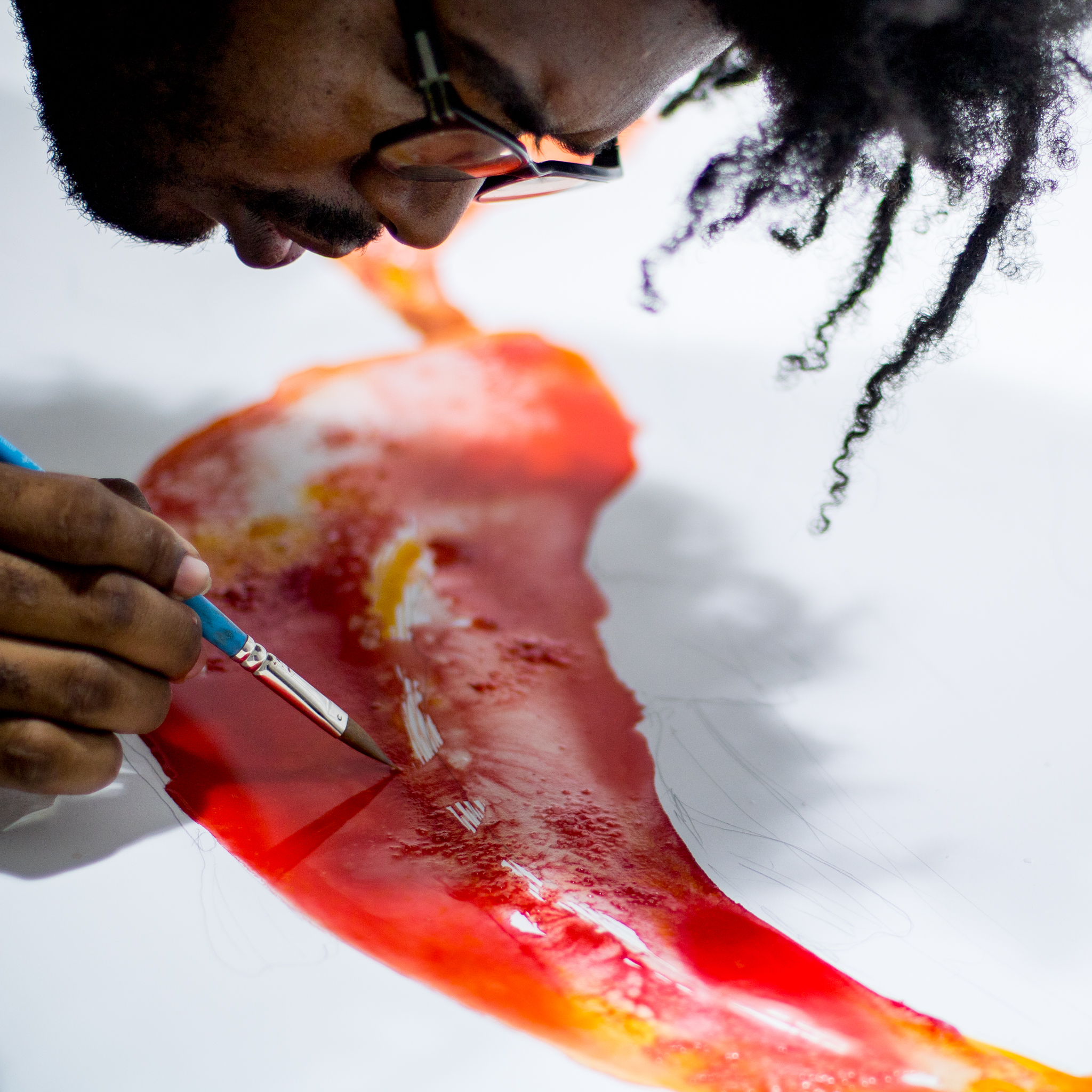
Richard Nattoo, painting a piece called ‘Spirit of the White Water.’
As a multi-disciplinary artist, what art forms do you practice?
Visually, I do digital painting and I do physical, fine art work. And I’ve displayed in the National Gallery of Jamaica and different solo shows from time to time. I do photography because I need to take pictures of my artwork and pictures of myself. I end up taking pictures of my friends and pictures for references. Then, I do music. I was in an electronic band called PseudoKhule but we’ve been taking some time to develop our solo careers. I write songs, I do production, I also do sound engineering. And then to support the music, I learned videography so I could shoot stuff on my own. I’m probably leaving out some other things but it’s mainly art and music and learning other things to support those main skills. Oh, and I do graphic design too!
Oh! I studied architecture, so that’s my day job. [Laughs.] Forgot about that one. That’s my degree.
How has your knowledge of architecture enriched your life?
What studying architecture has taught me is kinda how to see things within their full context. Everything is an ecosystem of some sort. A song is a whole ecosystem with the music that supports it, the visuals that support it. It’s almost a brand on its own. I’m pretty happy that the book will be a brand on its own with supporting elements.
Who are some of your creative influences?
Earlier on in my life it was really between Tim Burton and Bill Watterson, who did Calvin and Hobbes. There was a certain darkness that Burton had that I identified with, and there was this playfulness with Watterson that I also identified with. I think a lot of how I paint now and how I draw some of the characters is from constantly reading those comics.
Eventually, I got influenced by different Jamaican artists, mainly sculptor Jasmine Thomas-Girvan. There’s this delicateness, elegance and detail within her work that I identified with. I took that within my own work and then I started to make work that had that whimsical weightlessness but still had a solid narrative. It was saying something solid that couldn’t be blown away by the wind even though the artwork seems floating and exists within that dreamlike context.
In terms of music, I listen to a lot of Florence + The Machine. Their music has a lot of feelings. Primarily, if I was to describe myself, to sum up all of what I do, I would say, Hi, I’m Richard Nattoo. I make feelings. Anything that has feelings and essence to it is something that I’m very interested in.
Those are some of my influences as a creative. In terms of a direct role model, my cousin, whose architecture firm I work for, has been influential. I always appreciate how he gets things done, how he finishes and is passionate about what he does. His name is Euhon Darling. I’ve seen how he’s gotten things done within the firm. It’s pretty inspiring, the kind of thoroughness. Seeing how he does his thing is how I’m able to follow through on projects and not be an artist with many great ideas and don’t get to do them. I want to do all these great ideas. That’s why I invest in all my human resources. I don’t have to wait on a photographer or videographer to get something done. There’s been times when I’m doing work and I do a video talking about the work and send it to people, and that’s actually what sells the work to them – seeing me talk about it. And then I didn’t have to pay anybody for that production because I produced and edited that video. I get it done.
Which banana chips brand is better: Chippie’s or Saint Mary’s?
Oh God! Jah know… me a go be honest with you. This might not be the right answer. Them probably going say me’s a sellout but me rather the Saint Mary’s. The packaging look nice! It sound like the wrong answer but a just so it go. People who pay graphic designers, me will support them.
Culture is a river. The water runs through a stream and, over time, cuts through the rocks. That’s what culture is. It’s this identity that becomes so strong and indestructible, so much of a force on its own that it carves its way deep into the context which it exists in.
If culture is the last stand, what is culture to you?
[Read for context: Culture is the last stand]
Culture is a river. The water runs through a stream and, over time, cuts through the rocks. That’s what culture is. It’s this identity that becomes so strong and indestructible, so much of a force on its own that it carves its way deep into the context which it exists in. When you are water inside this river, you don’t need to think about it too much. You don’t think about what your culture really is. You just are, just as the water in the river is. And then you have to protect it because you don’t want your river to dry up. You have to protect your river. You have to protect the culture.
What recent or favorite book(s) would you recommend to readers?
One of my favorite books for the older crowd is called The Dogs of Babel by Carolyn Parkhurst. That book is all feeling and essence. It starts with a man coming home to a wife who hung herself. The only witness to it was this dog, and this man is trying to get the dog to talk. But it’s not like the dog is really talking but, due to how reflective the man gets, he’s like, Me a go try get da dog ya fi talk. Just the whole sepia tone that the book takes place in, is like it was shot on film and you feel the grain from everything. That’s how delicious the whole thing was for me, like she took nostalgia and 35mm film with a sprinkle of feeling, and mixed it around, then tasted it and went, Hmmm, lemme put some more feeling inna it. And then it good.
For the kids, I remember this one about this cat that was lost, Gobbolino: The Witch’s Cat by Ursula Moray Williams. It was so good. The thing is that a lot of the children’s books I read were in school, so I forgot a lot of the titles. One of my favorite books that I ever did read was The Lion, the Witch and the Wardrobe by C.S. Lewis. Somebody lent it to me and I only had two days to give it back. I read the whole thing ‘cause me did lost inna it. Me a say, Wha’ you mean she go inna the wardrobe and come out inna snow?! And find a man name Mr. Tumnus… why she nuh ‘fraid a Mr. Tumnus? The man is a goat-man! How you nuh ‘fraid a di goat-man? It really showed me essence and possibility and adventure and just innocence. The parallels with Ian Takes Flight weren’t even intentional. I only noticed afterwards.
